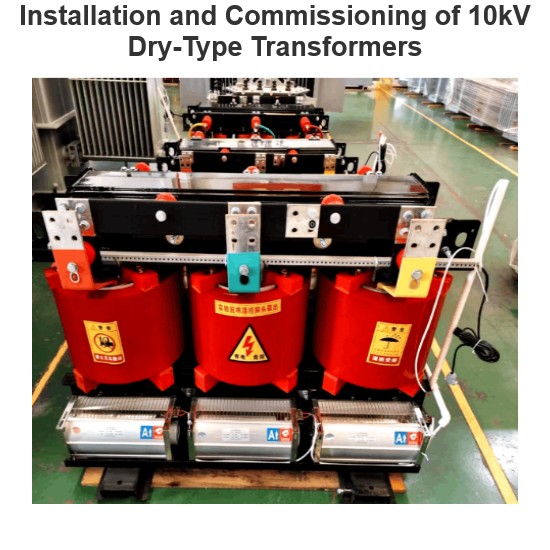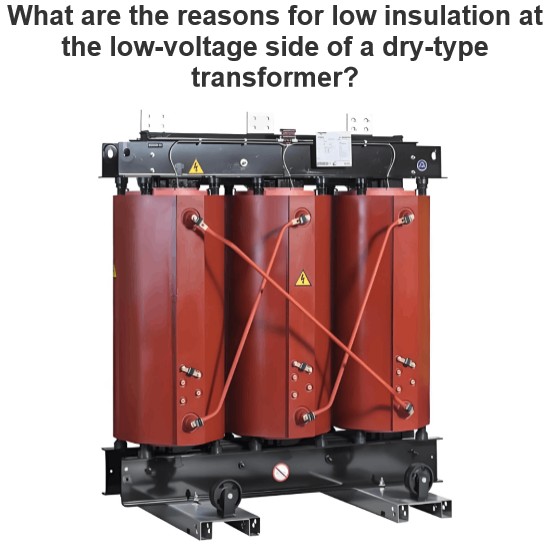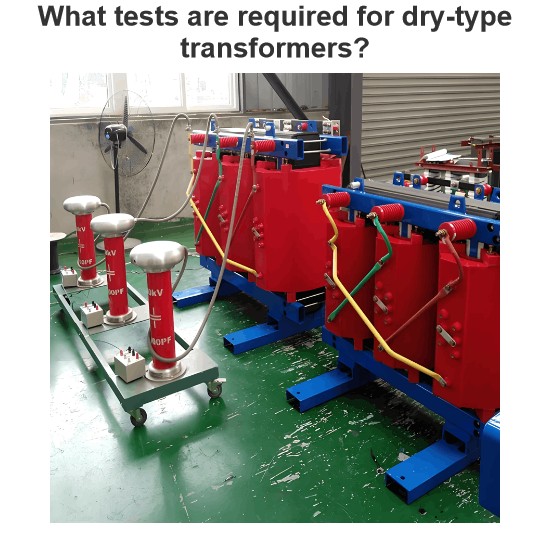What is the purpose of using an impedance matching transformer in transmission lines? Can't we just connect the power source directly?
Using impedance matching transformers (Impedance Matching Transformers) in transmission lines (Transmission Lines) serves several purposes aimed at maximizing power transfer and reducing reflections, thus enhancing the overall efficiency and stability of the system. Although theoretically it might seem possible to connect the power source directly to the load, doing so in practice can lead to multiple issues. Below, I explain the purpose of using impedance matching transformers and why directly connecting the source is not advisable.
Purpose of Using Impedance Matching Transformers
1. Maximizing Power Transfer
Matching Principle: According to the Maximum Power Transfer Theorem, the maximum power transfer occurs when the load impedance equals the source impedance. If the load impedance does not match the source impedance, some energy is reflected back to the source, leading to power loss.
2. Reducing Reflections
Standing Wave Ratio (SWR): Impedance mismatch leads to reflections that combine with the incident waves, creating standing waves. The Standing Wave Ratio (SWR) measures the degree of reflection, and high SWR results in signal distortion and energy loss.
3. Protecting Equipment
Voltage Swings: Impedance mismatch can cause voltage fluctuations along the transmission line, which can be harmful to sensitive electronic devices.
4. Improving Stability
System Stability: Proper impedance matching helps maintain the stability of the system, especially in high-frequency applications.
5. Optimizing Bandwidth
Bandwidth Extension: Impedance matching can also aid in extending the effective bandwidth of the system, allowing efficient signal transmission across a wider range of frequencies.
Why We Can't Just Connect the Source Directly
1. Reflection Losses
Decreased Efficiency: If the power source is directly connected to the load without impedance matching, reflection losses will consume energy, resulting in decreased efficiency.
2. Signal Integrity
Distortion: Reflections can cause signal distortion, particularly in high-speed data transmission, potentially impacting the correct reception of data.
3. Equipment Damage
Voltage Peaks: Voltage peaks caused by reflections may exceed the rated voltage levels of the equipment, leading to damage.
4. Frequency Response
Frequency Mismatch: Impedance mismatch can affect the frequency response of the system, causing inefficient transmission at certain frequencies.
Summary
Using impedance matching transformers ensures impedance matching between the source and the load, thus maximizing power transfer, reducing reflections, protecting equipment, and optimizing bandwidth. Connecting the power source directly without impedance matching can result in decreased efficiency, signal distortion, equipment damage, and poor frequency response. By employing appropriate impedance matching techniques, the performance and reliability of the transmission line system can be significantly improved.
If you have any further questions or need more information, please let me know!
The Electricity Encyclopedia is dedicated to accelerating the dissemination and application of electricity knowledge and adding impetus to the development and innovation of the electricity industry.













